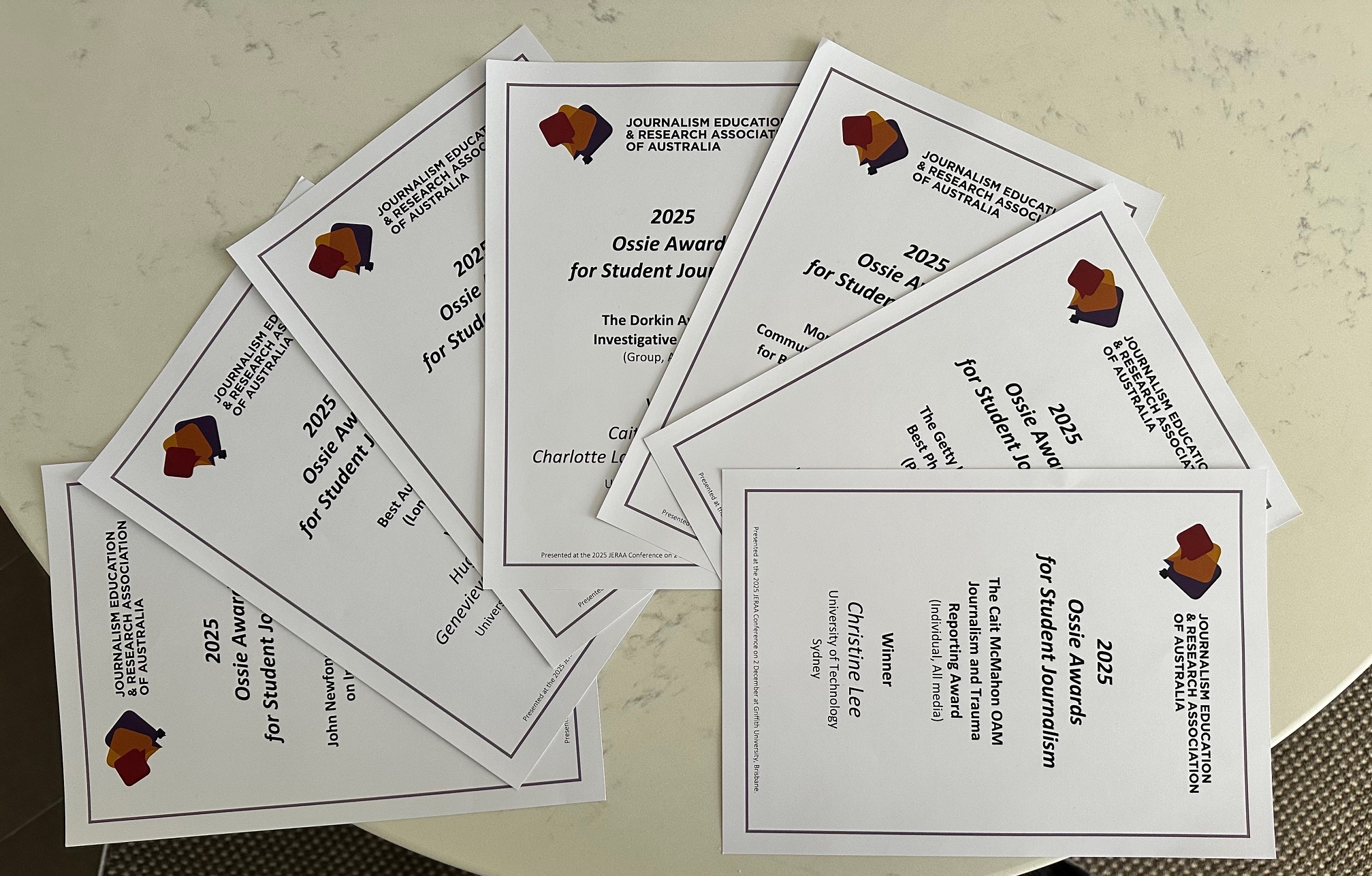In the Heights — the Tony Award-winning Latin American-themed musical — concluded its sell-out six-week run in spectacular style on Sunday, having carved out a chunk of Sydney’s theatregoing audience in the shadow of the more-hyped Hamilton.
The successful return run at the Sydney Opera House, directed by Luke Joslin, showed conflict and community on a smaller scale to the historic epic can be just as effective.
Lin-Manuel Miranda’s debut musical premiered on Broadway in 2008, and may not have garnered the same immediate acclaim as the blockbuster epic Hamilton, but has quietly cultivated a dedicated following by locals, with its optimistic, lively production.
Since its initial Australian run at the Hayes Theatre Co. in 2018, the show’s popularity has steadily grown, including a previous stint at the Opera House in 2019.
Set in Miranda’s hometown — Washington Heights in New York City — the musical is a grounded, personal story exploring the lives of a tight-knit Latin American neighbourhood.
At the heart of it all is Usnavi (Ryan Gonzalez), a bodega owner who dreams of returning to his Dominican Republic homeland, but whose ties to Washington Heights and its people – particularly the beautiful, hardworking Vanessa (Olivia Vásquez) – are difficult to negotiate.
Parallel love lines are drawn between Nina (Olivia Dacal), the pride of the neighbourhood and a student at Stanford, and Benny (Barry Conrad), who works for Nina’s parent’s taxi business. Amid the daily struggles of gentrification and rising rents, the community’s hopes and dreams intertwine at Usnavi’s modest storefront.
@theatrethoughtsaus In the Heights Media Call ahead of opening night tonight! This cast is incredible and it’s going to get hot hot hot in that theatre 🎭 #intheheights #theatretok #theatrethoughts #96000 #mediacall #theatre
Before the opening number began, Mason Browne’s meticulously crafted set captured the audience’s attention. Weathered brick buildings, colourful storefronts, and iconic New York fire escapes immediately immerse viewers in a bustling Upper Manhattan borough. However, the set was somewhat limited by the constrained space in the Opera House, and at times, failed to fully capture the sprawling nature of the neighbourhood.
With such limited room to manoeuvre, it was easy to see how the ensemble faced challenges in achieving the same level of dynamic choreography and visual impact of earlier productions.
Yet, choreographers Amy Campbell and Tash Marconi rose to the challenge, limiting the number of dancers at times to create space for different dance styles to coexist on stage. The cast excelled at navigating these movements, captivating the audience with their mastery of everything from salsa and soul to hip-hop and merengue.
Led by musical director Victoria Falconer, the cast consistently showcased remarkable vocal performances. Musical numbers like 96,000, and Carnaval del Barrio highlighted the individual personalities of the cast as well as showcasing their harmonious vocals.
Notable performances included Gonzalez, who embodies Miranda’s lyrical style, energy, and verbal wit. Vásquez similarly delivered a standout performance with her impressive vocal dynamics and agility, while Dacal in her professional stage debut, enchanted with a sweet, angelic voice. However, performances were affected by a muddled soundscape and excessive volume, with the powerful nine-piece band occasionally overwhelming the singers and causing distorted vocals and obscured lyrics.
With so many individual storylines, the musical began to feel fragmented as it approached intermission. Act 2 offered a refreshing change of pace, focusing on the perspectives of the young protagonists’ elders and parents, and allowing for more substantial emotional and narrative moments. Alexander Palacio’s portrayal of Kevin Rosario, Nina’s hardworking and overprotective father, was particularly touching. His solo, Inútil, acted as a heartfelt tribute to immigrant fathers, highlighting their kindness and sacrifice, as well as their flaws.
It’s a sign that culturally correct casting can be successfully implemented in Australian productions.
Conversely, the musical’s constant, at times overbearing optimism when showcasing how characters faced instances of struggle toes the line of perpetuating a bootstrap mentality. Such a portrayal has long been criticised for enforcing unrealistic expectations for economic success onto immigrant communities.
Miranda is far from radical in his approach to addressing complex, social issues as he relies more on the potential for art and performance to create incremental, positive change.
This revival cleverly acknowledged these complexities without overstepping its bounds. In fact, while the musical concluded on the same optimistic note it began with, it does not claim to resolve the systemic issues the characters face.
Perhaps the most radical and transformative feature of this production was its commitment to creating representation for Latin American communities. By engaging Latino creators and casting a predominantly Latino ensemble, the show is deeply rooted in genuine experience and connection.
It’s a sign that culturally correct casting can be successfully implemented in Australian productions. However, the lack of Afro-Latino representation remains a notable omission.
Ultimately, beneath the glitz and glamour of this passionate, salsa-infused show lies a multifaceted, generational story rooted in the real-world struggles of immigrant communities. While this energetic ensemble of singing and dancing can’t halt gentrification or make rent more affordable, the musical proves its enduring value as a much-needed source of comfort during challenging times.
Main image supplied.




























